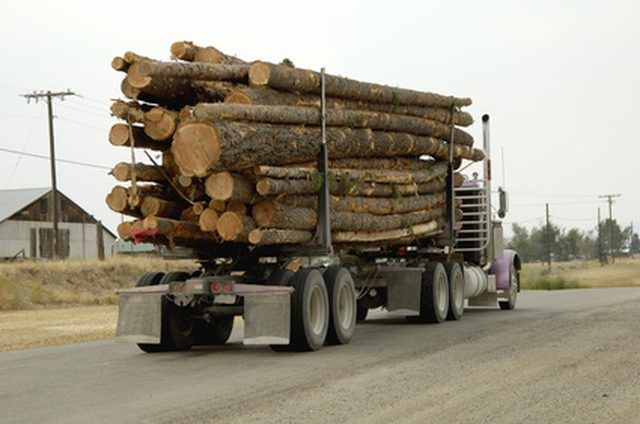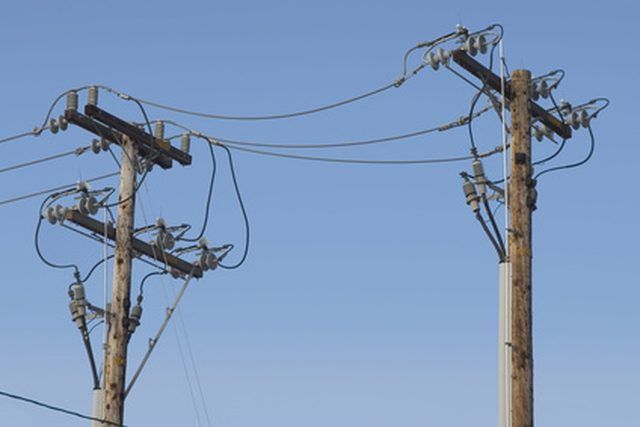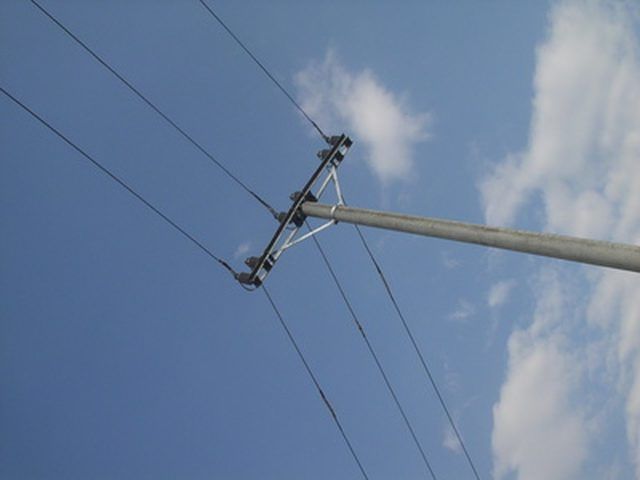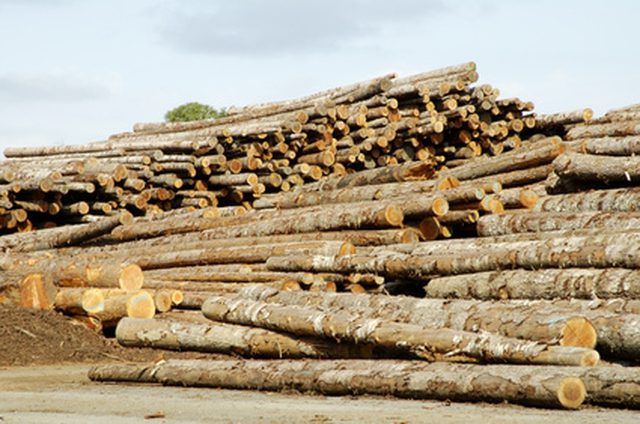Bulbs
Flower Basics
Flower Beds & Specialty Gardens
Flower Garden
Garden Furniture
Garden Gnomes
Garden Seeds
Garden Sheds
Garden Statues
Garden Tools & Supplies
Gardening Basics
Green & Organic
Groundcovers & Vines
Growing Annuals
Growing Basil
Growing Beans
Growing Berries
Growing Blueberries
Growing Cactus
Growing Corn
Growing Cotton
Growing Edibles
Growing Flowers
Growing Garlic
Growing Grapes
Growing Grass
Growing Herbs
Growing Jasmine
Growing Mint
Growing Mushrooms
Orchids
Growing Peanuts
Growing Perennials
Growing Plants
Growing Rosemary
Growing Roses
Growing Strawberries
Growing Sunflowers
Growing Thyme
Growing Tomatoes
Growing Tulips
Growing Vegetables
Herb Basics
Herb Garden
Indoor Growing
Landscaping Basics
Landscaping Patios
Landscaping Plants
Landscaping Shrubs
Landscaping Trees
Landscaping Walks & Pathways
Lawn Basics
Lawn Maintenance
Lawn Mowers
Lawn Ornaments
Lawn Planting
Lawn Tools
Outdoor Growing
Overall Landscape Planning
Pests, Weeds & Problems
Plant Basics
Rock Garden
Rose Garden
Shrubs
Soil
Specialty Gardens
Trees
Vegetable Garden
Yard Maintenance
What Trees Are Telephone Poles Made Of?
What Trees Are Telephone Poles Made Of?. According to a report by the Environmental Literacy Counsel, as of 2005 there were roughly 120 million utility poles in service in the United States. Most of these were made from wood.

According to a report by the Environmental Literacy Counsel, as of 2005 there were roughly 120 million utility poles in service in the United States. Most of these were made from wood.
Sources
Dozens of companies in the United States and Canada harvest wood and process it into poles for sale to the utility industry.

Common Materials
The majority of wooden utility poles are made from Southern Yellow Pine which has been pressure treated with Chromated Copper Arsenate or CCA. This formula is made from chromium, copper and arsenic.

Other Trees Commonly Used
Manufacturers of utility poles also harvest Douglas fir, jack pine, lodgepole pine, Pacific silver fir and western red cedar.
Alternatives to Wood
Many environmentalists support the use of alternative materials for utility poles. These include composite materials, aluminum, steel and even concrete. Installing utility lines underground is another alternative to wooden pressure-treated poles.
The Wood Industry Position
The lumber industry represented by the North American Wood Pole Counsel argues that wood poles are a better and more cost-effective alternative to man-made materials and that safety concerns regarding the effects of treatment chemicals on groundwater supplies are exaggerated. Many experts outside of the industry disagree.
